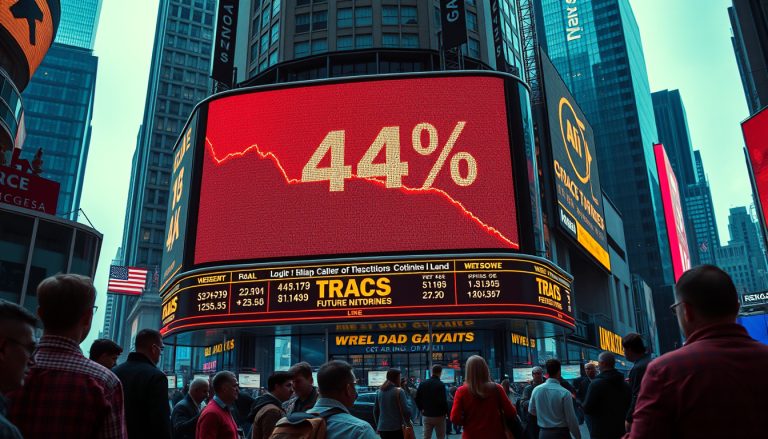This week in the biopharma sector has been marked by significant developments, including pivotal nominations within the U.S.
Department of Health and Human Services (HHS) and various market challenges that signal shifts in the landscape of biotechnology and pharmaceuticals.
As we delve into these updates, it becomes clear that the industry is navigating a complex web of regulatory changes, financial difficulties, and promising innovations that could shape its future trajectory.
Let’s explore the key highlights and takeaways from this week’s major news in biopharma.

Key Takeaways
- Marty Makary’s nomination to lead HHS marks a significant shift in health leadership amid ongoing industry challenges.
- Lyndra’s operational winding down and 23andMe’s bankruptcy highlight the difficulties faced by biopharma companies in a competitive market.
- Recent HHS budget cuts may strain collaborations between academic institutions and biopharma companies, impacting future pandemic preparedness.
HHS Nominations and Strategic Appointments
In the latest edition of Endpoints Weekly, several pivotal developments within the biopharma industry have emerged, especially regarding HHS nominations and strategic appointments.
Noteworthy is the confirmation of Marty Makary, a respected researcher from Johns Hopkins, who has been nominated to lead the U.S.
Department of Health and Human Services (HHS).
His appointment comes at a time when the industry faces profound changes and challenges, particularly following Lyndra’s decision to wind down operations—an indication of difficulties in its drug delivery business model amidst current market conditions.
The newsletter also underscores significant events such as 23andMe’s bankruptcy filing, which raises substantial questions regarding the viability of consumer genetics companies in a saturated market.
Additionally, the resignation of Peter Marks from the FDA amid swirling controversies, coupled with Bluebird’s acquisition bid and promising mid-stage results from BioNTech related to an aggressive lung cancer treatment, paints a dynamic picture of the sector.
Novo Nordisk’s recent partnership in the obesity market, valued at up to $1 billion, exemplifies continued investment in innovative solutions, contrasting sharply with the rejection of Lilly’s Alzheimer’s drug by a European regulator due to pressing safety concerns.
Furthermore, recent budget cuts at HHS are expected to hinder collaborations between academic institutions and biopharma companies, raising alarms about the future preparedness for pandemics.
Market Dynamics: Challenges and Developments in Biopharma
The landscape of the biopharma industry is constantly evolving, with market dynamics significantly influenced by internal and external challenges.
The recent resignation of Peter Marks from the FDA underscores the scrutiny regulatory bodies face, impacting the approval timelines and market strategies for biopharma companies.
Concurrently, as demonstrated by Lyndra’s operational wind-down, the industry is grappling with the realities of innovative yet sustainable business models.
Companies are increasingly wrestling with funding constraints, particularly in light of budget cuts from HHS, which could limit vital partnerships between academia and industry that have historically driven innovation.
Meanwhile, companies like BioNTech showcase the potential for breakthrough therapies, even amid tough market conditions, illustrating that resilience and adaptability are key for success in this highly competitive sector.
As organizations navigate these complex dynamics, understanding the shifting market landscape and regulatory environment will be essential for future growth and stability.















